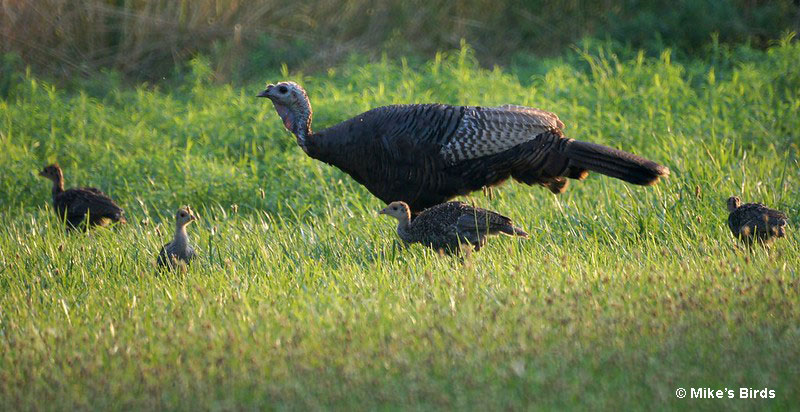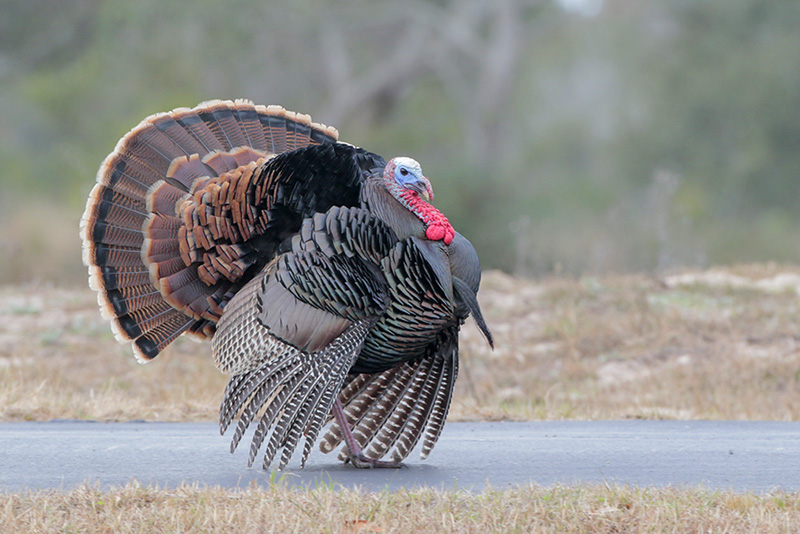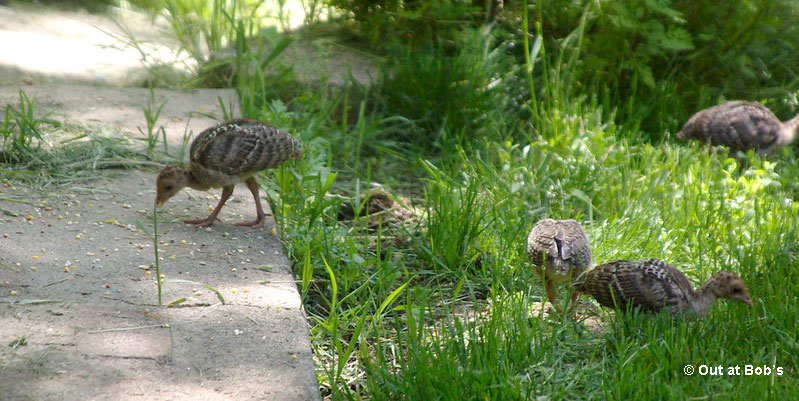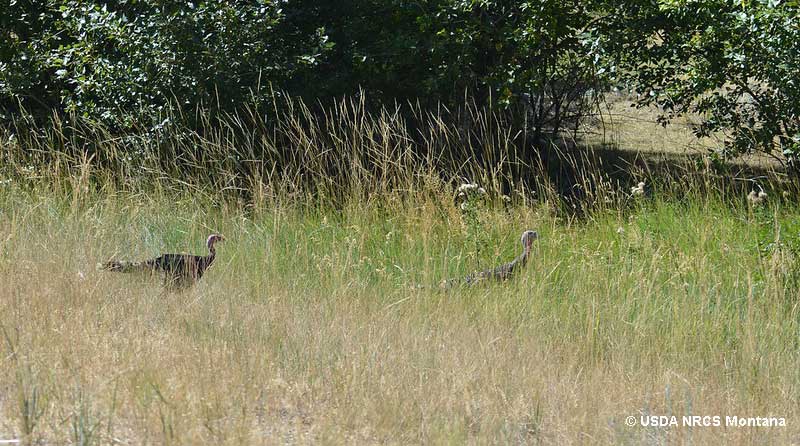
Baby turkeys, or poults, are fascinating creatures that are born with the ability to walk and feed themselves within 24 hours of hatching.
These adorable and sociable creatures require specialized care and attention to grow into healthy adults.
Regardless of whether you want to know more about domesticated or wild poults, here is all the basic information you need to get started.
On this page
Nest
The breeding season for turkeys typically begins in the spring. During this time, male turkeys, known as toms, will begin to display their colorful feathers and strut around to attract a mate. A tom may mate with many females, but it is the female who is left to incubate and raise the young on her own.

Turkeys are ground-nesting birds. Females, also known as hens, will scrape a shallow depression into the ground, often under a tree or a shrub or into the tall grass, and line it with grass and leaves.
They have only one brood in a year, with the clutch consisting of 4-18, usually 10-15 eggs. The eggs are white to pale buff, dotted with brown, and are between 2-2.7 inches long and 1.6-1.9 inches wide. They are larger and pointier than chicken or duck eggs. The hen will incubate the eggs for about 28 days.
Within 24 hours of hatching, the hatchlings, also known as poults, can walk and feed themselves.
The poults will stay with their mother for up to 4 months, during which time she will teach them important survival skills, such as how to find food and avoid predators. Poults are able to fly in 3-4 weeks.
Unfortunately, only 10-40% of turkey nests hatch successfully in the wild, and only 25% of the hatchlings make it beyond four weeks.
What Does a Baby Turkey Look Like?
Baby turkeys look quite different from an adult turkey. When they first hatch, poults are covered in soft, fluffy down feathers that are usually brown, tan, or yellow in color. Their beaks and feet are usually a pale pink or yellowish color. Poults’ body shape is also different – they look more like baby chickens with a bit longer bodies.
Wild and domestic poults can look slightly different, but it depends on the specific breed of turkey.
In general, wild poults tend to have more camouflage-like coloring, with brown and black speckles on their downy feathers to blend in with their surroundings and avoid predators. Domestic poults, on the other hand, can have a wider range of colors, including white, bronze, and black.
How to Tell Baby Turkeys Apart?
When it comes to raising baby turkeys, it can be important to know the sex of your birds. However, determining the sex of young poults can be a bit tricky. It’s important to take care not to harm the birds in the process.
Related: Baby Birds – From Hatching to Adulthood
Here are some ways to tell baby turkeys apart:
- Determine the sex later: While there are several ways to sex a young poult, the most surefire ways can be dangerous to them. If you’re not experienced with handling birds, or if you’re unsure, it may be best to wait until the birds are a bit older before trying to determine their sex.
- Examine the vent: If you’re comfortable handling the birds and want to determine their sex earlier, one of the most certain ways to do so is to examine the poult’s vent. The vent is the external opening for the bird’s reproductive and digestive tracts, and in males, it will be slightly raised and rounded. In females, the vent will be flatter and more puckered.
- Examine other characteristics: Males tend to have more square-shaped heads, with more pronounced eye sockets and a more angular appearance overall. Females, on the other hand, tend to have more rounded heads, with a smoother and more streamlined appearance.
- Observe their behavior: While not foolproof, observing the behavior of your poults can sometimes give you a clue as to their sex. For example, males are generally more territorial and aggressive, while females are calmer and more peaceful. If you pick up a poult and it tucks its legs up close to its body, it’s more likely to be a male. Females, on the other hand, will often leave their legs dangling down when picked up.
What Do Baby Turkeys Eat?
Overall, turkeys are omnivorous with their diet varying from season to season. They mostly eat plant material, including leaves, seeds, grains, berries, buds, roots, and acorns, however, they also feed on insects, snails, spiders, and sometimes even frogs, lizards, or snakes.
Young turkeys require a lot of protein.
For the first month of their life, they eat a higher percentage of animal matter, such as mollusks, insects, reptiles, or any other kind of meat that gives them the required nutrients. As they age, the range of foods they consume will widen.
Domestic poults should be fed specific feed that aids their growth and development. Choose any feed that is geared toward turkeys and contains at least 28 grams of protein per serving.
You also need to always provide fresh and clean water at all times. Use a shallow dish designed for small birds.
Frequently Asked Questions
What is the proper name for a baby turkey?
Baby turkeys are called poults.
How long do baby turkeys stay with their mother?
Baby turkeys stay with their mother for 4-5 months after hatching.
What is the survival rate of baby turkeys?
In the wild, only about 25% of baby turkeys survive for more than four weeks.
Are baby turkeys hard to raise?
Although baby turkeys are not very difficult to raise, you do need to take some extra care. You need to make sure that they are kept warm and provided with a protein-rich diet.


